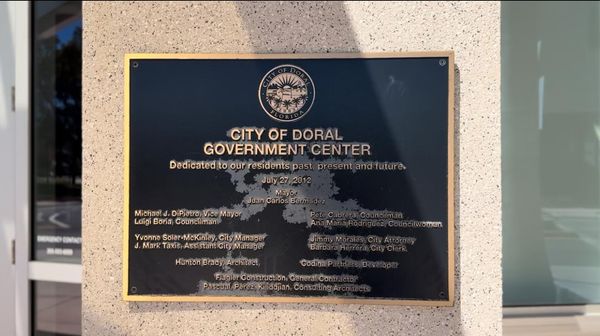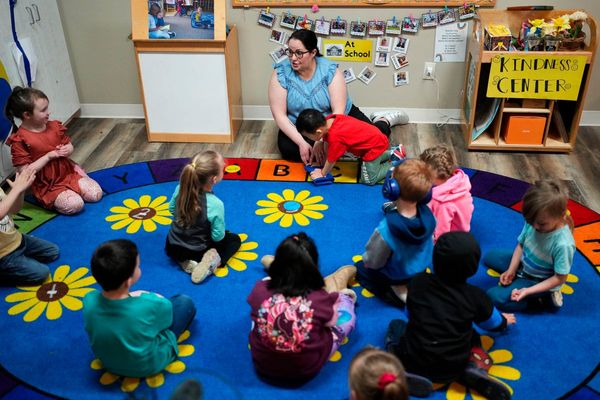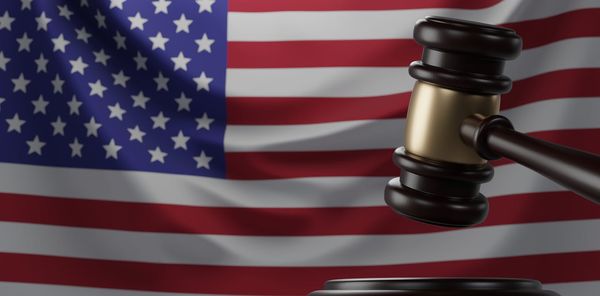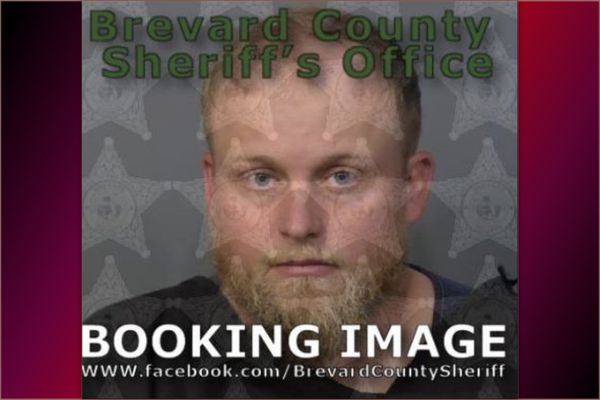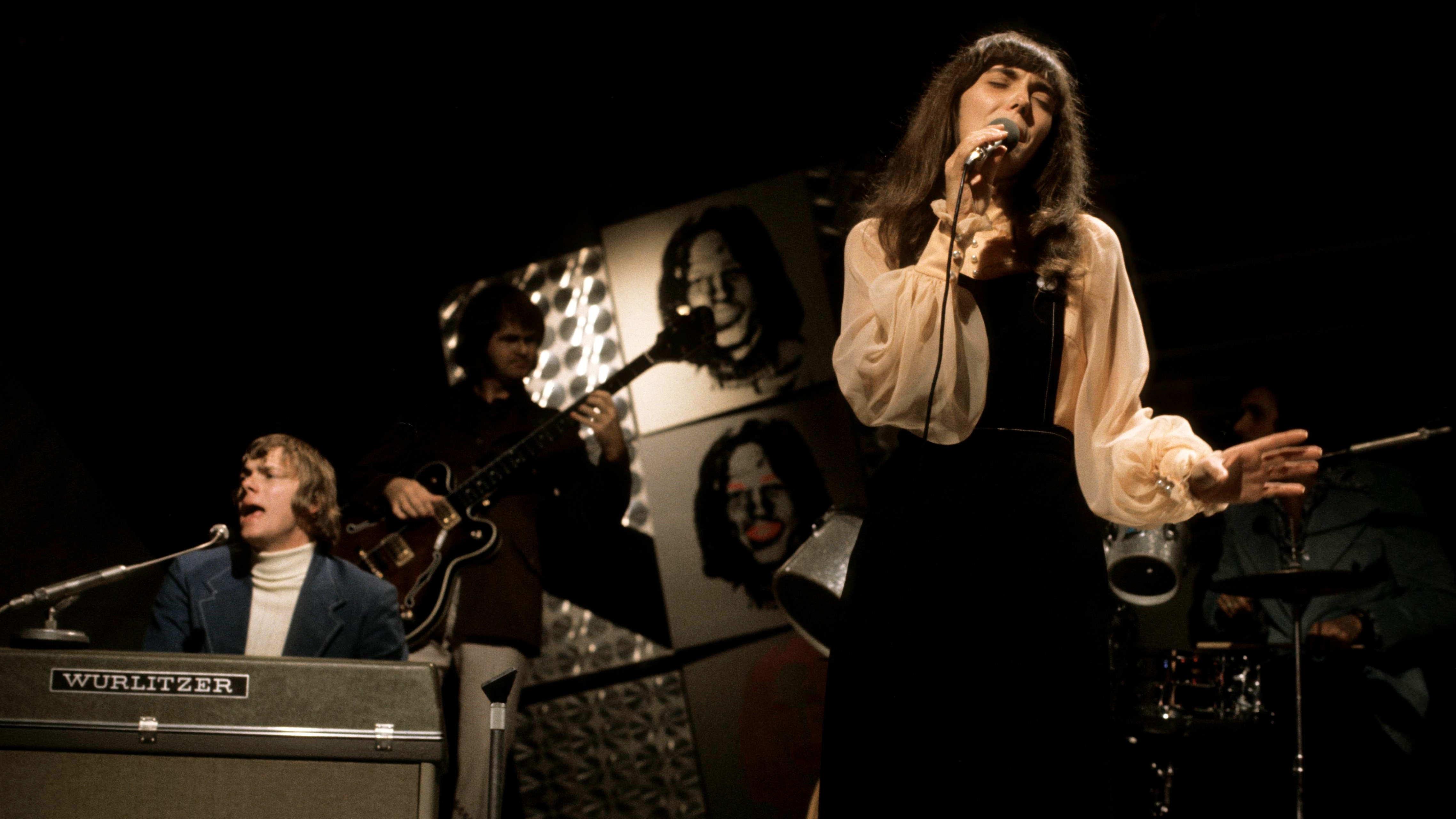
Anyone delving into the rich vein of 60s songwriting will find numerous classic songs that were recorded by other artists before being immortalised in one peerless, definitive version.
Such examples include I Heard It Through The Grapevine, written by Norman Whitfield and Barrett Strong for Motown Records in 1966 and released by both Gladys Night & The Pips and The Miracles, before Marvin Gaye transformed it into a soul classic in 1967. Another example is Suspicious Minds, an absolute flop of a single when released by its writer Mark James in 1968, before being handed to Elvis Presley who promptly turned it into one of his biggest ever hits.
Then there is (They Long To Be) Close To You. Written by Burt Bacharach and Hal David, it was first released as a single by actor Richard Chamberlain in 1963.
One year later, Dionne Warwick released it on her album Make Way For Dionne Warwick. Dusty Springfield also covered the song for her 1967 album Where Am I Going?
But it took the 1970 release of the song by a young sibling duo called the Carpenters for the full potential of the song to be truly realised.
Its lush, intoxicating sound set the benchmark for a generation of soft pop ballads in the 70s. But it was Karen Carpenter’s deep, rich contralto voice and older brother Richard’s flawless arrangement that elevated this song into a league of its own.
Admittedly, the song was light years away from the kind of music that most American teenagers were listening to at the dawn of the new decade, with Woodstock still fresh in the memory and artists such as Jimi Hendrix and The Doors pushing creative boundaries. But for all its sentimentality, (They Long To Be) Close To You is a masterpiece of composition and arrangement, with a vocal so effortlessly rich and emotive that it still resonates across the decades.
Soon after the song was released, Karen Carpenter received high praise from one of the duo’s biggest influences – The Beatles. Paul McCartney reportedly described Karen as having “the best female voice in the world: melodic, tuneful and distinctive”. And in 1971, John Lennon reportedly spotted Karen Carpenter by chance in Los Angeles and went right up to her and told her: “I love your voice”.
The Beatles’ back catalogue had long been a rich source of inspiration for Karen and Richard. The duo recorded a melancholic-style version of Ticket To Ride as a single on their debut album Offering, released in October, 1969, but the song reached only No. 54 in the Billboard charts.
Their label A&M soon set about finding a hit song for their next single.
A&M had been co-founded by renowned trumpeter Herb Alpert in 1963 and Alpert had a huge easy listening hit in 1968 with the Burt Bacharach and Hal David song This Guy’s In Love With You. It was Bacharach that Alpert turned to again when he began scouting for the perfect song to give the Carpenters their first hit.
Alpert met with Karen and Richard and mentioned the song to them. “One day we were talking with Herb and he said, ‘Have you heard this song Close To You?’,” Richard told the NME in the early 70s… “[He said] ‘Why don’t you see what you can do with it’. So we did.”
Alpert asked Richard to rework the song, presenting him with a very basic version. “It was just the song as it was written, no introduction, no arrangement, it’s just the bars, the melody, lyrics and basic chord changes and that’s it,” said Richard in an interview with uDiscover Music in November 2018.
“He [Alpert] thought the song had potential and said to me, ‘I want you to do anything you’d like with this. I have a recording, but I don’t want you to hear it until after you do yours because I don’t want anything to influence your arrangement’.”
Richard worked up an arrangement he felt would do the song justice. Out of courtesy, he asked Burt Bacharach for his permission to radically change the song. Bacharach agreed, with the caveat that Richard keep the two piano quintuplets and the end of the first bridge.
A&M Studios in Hollywood was the location for the recording and the newly-appointed Jack Daugherty was in the producer’s chair. Joe Osborn, one of the musicians who worked with the loose collective of top LA session musicians known as the ‘Wrecking Crew’, was on bass for the session. Another Wrecking Crew session player, Larry Knechtel, was on piano on the first take, while Karen played drums.
The song was recorded three times but Richard Carpenter didn’t feel they had the arrangement quite where it needed to be, so by the third and final time, Richard himself was on piano.
Karen was a formidable drummer but Alpert felt that seasoned session musician and Wrecking Crew member Hal Blaine should be on drums instead.
"I thought it was a little light,” recalled Alpert of the first recording session, as reported on Songfacts.com. “...I still felt they were missing a little something on the groove, so I suggested very carefully to Karen that maybe Hal Blaine should come in and play drums on it."
Blaine reportedly suggested that they use a click-track. This enabled them to ‘tempo map’ the track and they settled on 88.5 bpm for the final take.
When it came to the song’s flugelhorn solo, Richard had written a part specifically for Alpert to play, but on the day of the recording, he wasn’t available. So session player Chuck Findley was brought in. Findley was just starting out in the session world but he was a huge talent.
As the part was written with Alpert’s particular style and nuances in mind, Findley had to work on finessing the part. "Chuck didn't play it that way at first, but I worked with him and he nailed it,” said Richard in Randy L Schmidt’s 2012 book Yesterday Once More: The Carpenters’ Reader. “A lot of people thought it was Herb – Bacharach thought so, too. But it's the way Findley is playing it.”
In an interview on the A&M Corner website in 2018, Findley recalls how completely out of step with the times the Carpenters sounded back then. “Everybody looked on them as a real bubblegum act… you know, ‘There is no way in the world that this is going to work’. Well Jack [Daugherty] put that together, he hired in all the greatest musicians he could.”
The flugelhorn part Richard had written for Herb Alpert included some note bending, which Findlay initially found tough to achieve. “The hardest thing was dipping the note… those positions, especially on flugelhorn, there’s no way you can. It was very difficult to do. But I think I did it in two takes, something like that.” Findlay’s solo is effortlessly tasteful and restrained, and his playing elevates the track.
When it came to the arrangement, Richard Carpenter pulled out all the stops. “At the end of the song itself, I felt it needed the multi-tracked, four-part harmony ‘tag’ that became so well known. Herb was absolutely right. It turned out that Close To You was the perfect song to showcase Karen’s and my abilities.”
The arrangement is bold and ornate, with flourishes of harps, piano trills and thick, densely-layered swathes of backing vocals echoing Karen’s lines.
Lyrically, Bacharach’s breathless ode to love is larger-than-life, with imagery that is both fantastical and absurd. The sweet opening lines hint at what’s to come: “Why do birds suddenly appear/Every time you are near?”. As it proceeds, it reaches new levels of emotional extremes. “On the day that you were born the angels got together/And decided to create a dream come true/So they sprinkled moon dust in your hair of gold/And starlight in your eyes of blue.”
As Tom Breihan noted in a review of the song in Stereogum in 2019, there’s also a wry quality running throughout. “Karen knows that this is excessive, and there’s a hint of humour in the way she delivers those lines,” wrote Beihan. “But she also knows that she isn’t going to talk to the guy – this is strictly an internal-monologue song – so there’s a quiet dejection in her voice, as well. It’s like she’s the only person involved in the song who even understands what it’s about… she manages to get across both sadness and silliness with a lot of subtlety.”
For all the lush drama of the arrangement, the start of the song is sparse and tasteful, just the gentle Cadd9-Cmaj piano chord intro before Karen’s close-to-the-mic vocal comes in – warm, intimate and assured. Drums, strings and bass enter the mix for the second verse and from there it builds.
At 1:36 Lindsay’s flugelhorn solo enters the mix with its echo-soaked stabs and bends, and the listener is immersed in 16 bars of easy-listening excellence. In spite of the click track, Hal Blaine and Joe Osborn lay down an effortlessly mellow groove throughout.
The finished mix was 4-minutes, 36-seconds long but A&M Records decided to cut the song’s extended coda and release it as a 3-minute, 40-second long single. It was a smart decision.
(They Long To Be) Close To You was released on 4 May, 1970 and quickly became A&M's biggest hit since Alpert's This Guys in Love With You from 1968. (They Long To Be) Close To You hit the top of the Billboard 100 chart in just six weeks.
It was the Carpenters’ breakthrough hit, a single that spent four weeks at No. 1 in the pop charts and No.1 in the adult contemporary charts in the summer of 1970. It earned them a Grammy for Best Contemporary Vocal Performance by a Duo, Group, or Chorus and Best New Artist, while racking up a Record of the Year nomination.
When Bacharach heard the final version, he was completely blown away. “[I thought] Man, this is just great,” he recalled in his 2013 autobiography, Anyone Who Had A Heart: My Life And Music. “I completely blew it with Richard Chamberlain but now someone else has come along and made a record so much better than mine.”
Over five decades on from its release, (They Long To Be) Close To You stands the test of time. For all its twee sentimentality, there is an emotional depth and purity to the song that enabled it to transcend genres. Melodically and lyrically, Bacharach and David’s composition has the power to move and uplift.
It’s to Richard and Karen Carpenters’ credit that they reimagined the song and in the process created a bona fide classic.


